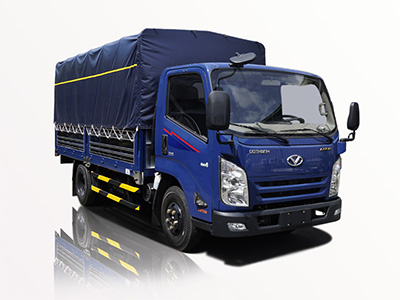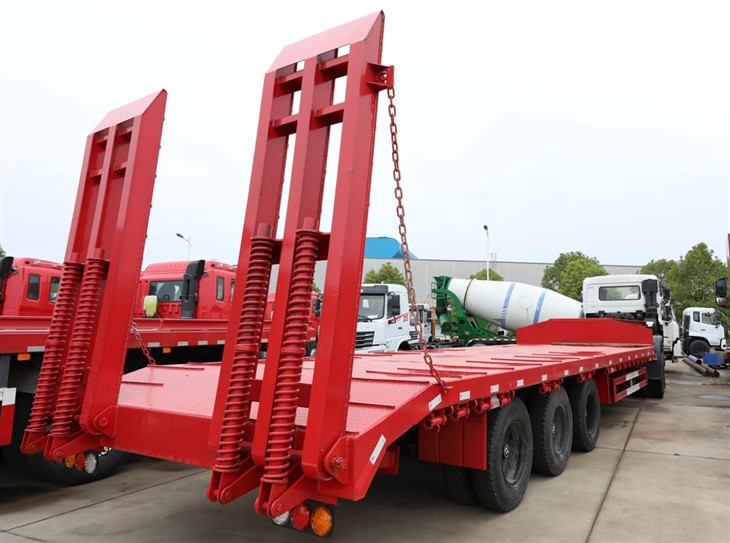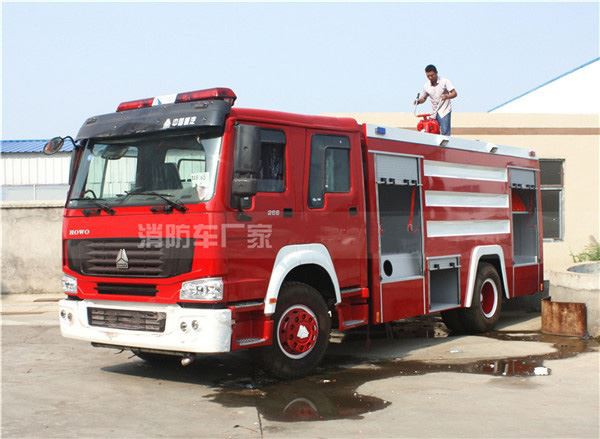In the waste management and recycling industry, the proper functioning of equipment is essential for efficiency and safety. One of the key components that play a significant role in this sector is the Galbreath roll off system. This article aims to provide an in-depth understanding of Galbreath roll off parts, their significance, and how to maintain them effectively.
Table of Contents
- Introduction to Galbreath Roll Off Parts
- 1. Key Components of Galbreath Roll Off Systems
- 2. Importance of Quality Roll Off Parts
- 3. Maintenance Tips for Galbreath Roll Off Parts
- 4. When to Replace Your Galbreath Roll Off Parts
- 5. Where to Buy Genuine Galbreath Roll Off Parts
- 6. Cost of Galbreath Roll Off Parts
- 7. Practical Examples for Proper Use
- Frequently Asked Questions
Introduction to Galbreath Roll Off Parts
Galbreath roll off systems are renowned for their durability and efficiency in managing waste. These systems consist of various components that work together to facilitate the loading, unloading, and transportation of waste containers. Understanding these parts and their functions can help users maintain their equipment, ensuring it performs optimally and has a longer lifespan.
1. Key Components of Galbreath Roll Off Systems
1.1 Roll Off Container
The roll off container is the main part of the system, designed to hold waste materials. These containers come in various sizes and configurations, tailored for different types of waste management tasks.
1.2 Hydraulic System
The hydraulic system operates the roll-off mechanism. It consists of hydraulic cylinders, hoses, and pumps that allow for the smooth lifting and lowering of containers.
1.3 Cable and Winch System
This component is crucial for operating the roll off function. It includes a cable and a winch that helps to pull the container onto the truck when it is being loaded.
1.4 Frame and Chassis
The frame and chassis support the entire roll off system. They are built to withstand heavy loads and rugged usage conditions.
1.5 Doors and Seals
Doors enable easy access to the contents of the container while seals prevent leaks and spillage during transport.
1.6 Safety Features
Safety features such as reflective tape, latch systems, and stabilizers ensure safe operations and minimize the risk of accidents.
2. Importance of Quality Roll Off Parts
Quality roll off parts are essential for several reasons:
2.1 Reliability
High-quality components ensure that the roll off system operates reliably under various conditions, reducing the risk of breakdowns.
2.2 Efficiency
Quality parts contribute to the overall efficiency of the operation, enabling quicker loading and unloading times.
2.3 Safety
Using genuine parts minimizes safety hazards associated with wear and tear, ensuring the safety of operators and bystanders alike.
3. Maintenance Tips for Galbreath Roll Off Parts
3.1 Regular Inspections
Conduct regular inspections of all components, focusing on the hydraulic systems, cables, and winches to ensure they are in good working condition.
3.2 Lubrication
Keep all moving parts properly lubricated to reduce friction and prevent premature wear. Schedule lubrication as part of routine maintenance.
3.3 Cleaning
Regularly clean the roll off container and other components to remove debris and prevent rust buildup, preserving the life of the parts.
3.4 Check for Leaks
Check hydraulic hoses and connections for leaks regularly, as leaks can lead to significant efficiency losses and potentially hazardous situations.
3.5 Follow Manufacturer Guidelines
Adhere to the manufacturer’s maintenance guidelines for best practices specific to your roll off system model.
4. When to Replace Your Galbreath Roll Off Parts
4.1 Signs of Wear and Tear
Visible signs of wear, such as cracking, corrosion, or deformation, indicate that parts need to be replaced.
4.2 Decreased Performance
If you notice a decrease in the operational efficiency of the roll off system, it may be time to inspect and potentially replace parts.
4.3 Regular Benchmarks
Establish regular maintenance benchmarks based on hours of operation, and replace parts based on performance metrics.
5. Where to Buy Genuine Galbreath Roll Off Parts
5.1 Authorized Dealers
Purchasing from authorized dealers ensures that you get genuine parts that meet manufacturer specifications.
5.2 Online Suppliers
Many online suppliers specialize in Galbreath parts, often at competitive prices. Ensure you verify the supplier’s credibility before purchasing.
5.3 Local Salvage Yards
Used parts can often be found at local salvage yards. However, be cautious and inspect used parts thoroughly for quality.
6. Cost of Galbreath Roll Off Parts
6.1 Factors Influencing Cost
The cost of Galbreath roll off parts can vary based on several factors:
- Type of parts needed (new vs. used)
- Brand reputation
- Availability of parts
- Location of purchase (shipping costs)
6.2 Average Price Range
The average price for common Galbreath parts can range as follows:
| Part | Average Price |
|---|---|
| Roll Off Container | $2,500 – $5,000 |
| Hydraulic Cylinder | $300 – $700 |
| Winch System | $1,500 – $3,000 |
| Hydraulic Pump | $600 – $1,200 |
7. Practical Examples for Proper Use
7.1 Loading and Unloading Containers
Understanding the correct method for loading and unloading can prevent equipment damage. Always ensure the safety features are engaged before operation.
7.2 Daily Checks
Perform daily checks of hydraulic levels and inspect the winch for signs of fraying or other damage.
7.3 Training Personnel
Train all personnel on the proper handling and operation of the Galbreath roll off system to enhance safety and efficiency.
Frequently Asked Questions
1. What is the lifespan of Galbreath roll off parts?
The lifespan of parts can vary widely based on usage, but on average, they can last between 3-10 years with proper maintenance.
2. Can I use aftermarket parts for my Galbreath roll off system?
While aftermarket parts can be cheaper, they may not offer the same reliability and safety as genuine parts. It is recommended to use OEM parts whenever possible.
3. How can I improve the efficiency of my roll off system?
Regular maintenance, timely replacements, and operator training are key factors in enhancing the efficiency of your roll off system.
4. What should I do if my hydraulic system fails?
If your hydraulic system fails, first assess the issue, but it’s advisable to consult a professional mechanic who specializes in hydraulic systems for further diagnosis and repairs.
5. How often should I inspect my roll off components?
Inspect key components at least once a month to ensure they are functioning correctly. However, before and after significant loads or operation, a visual check is essential.
6. Where can I find a repair manual for my Galbreath roll off system?
Repair manuals can often be obtained from the manufacturer’s website, authorized dealers, or through various online platforms that specialize in heavy machinery manuals.



